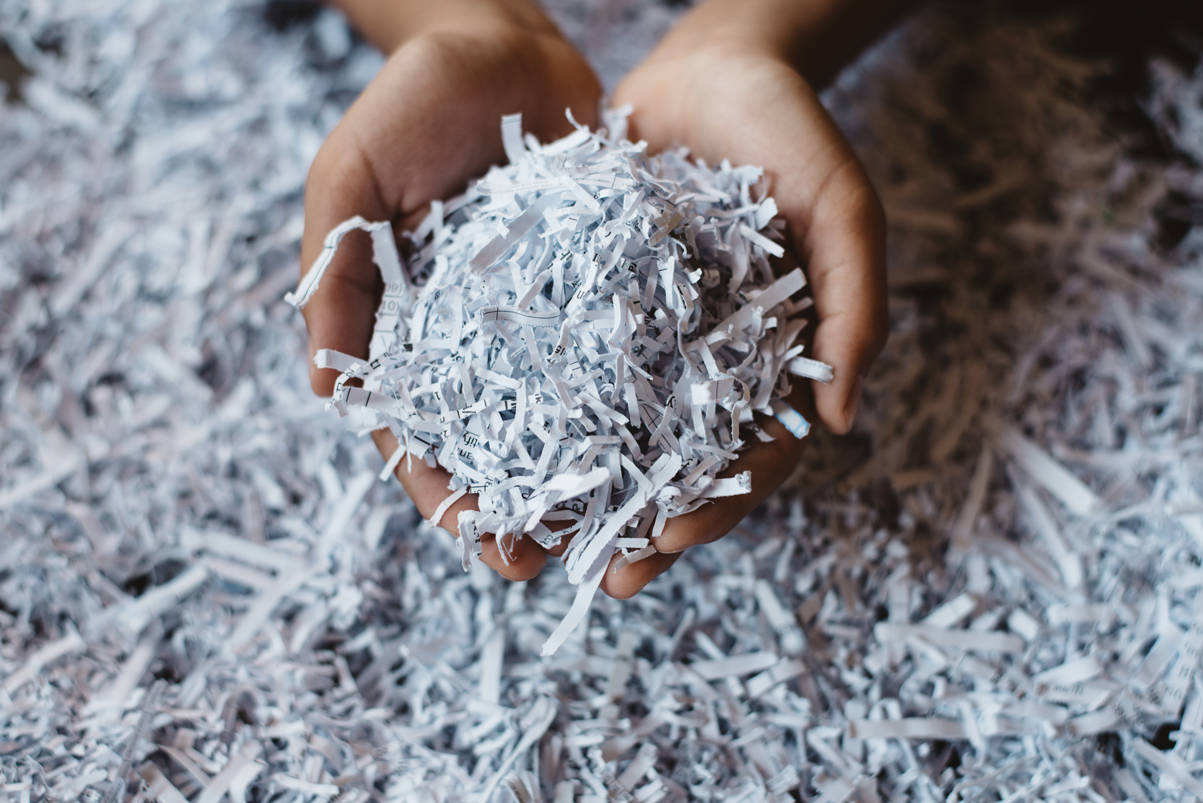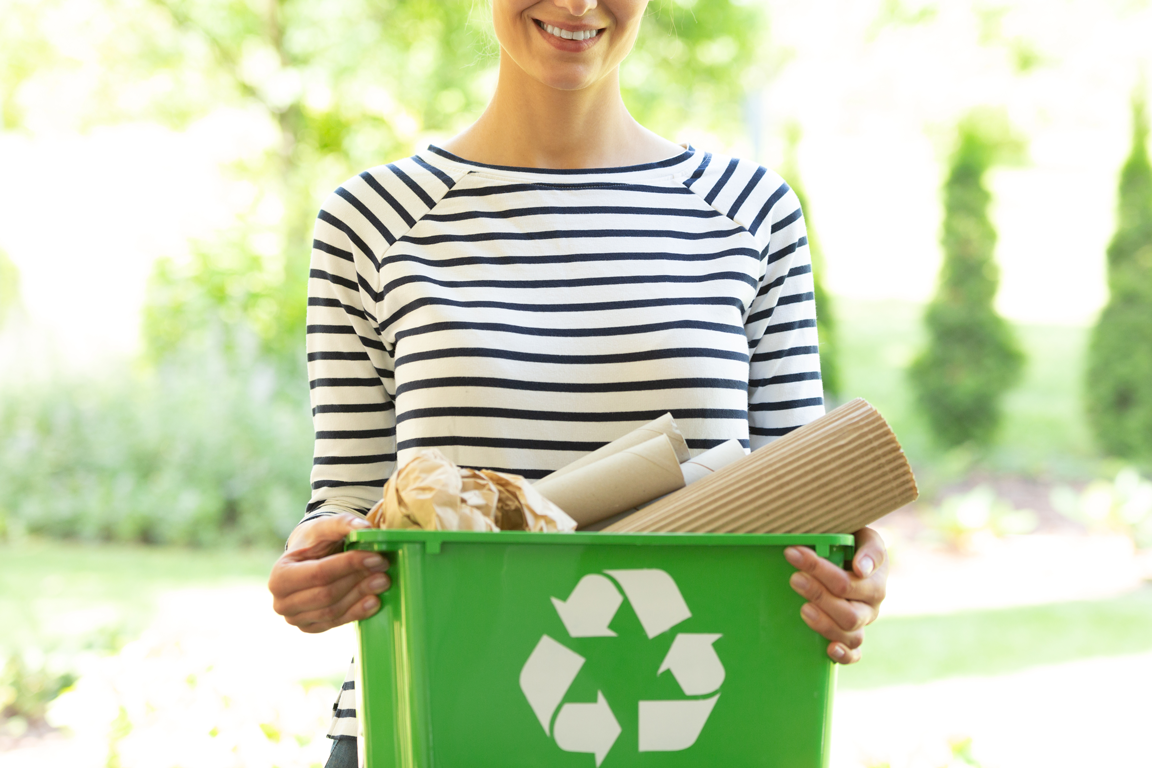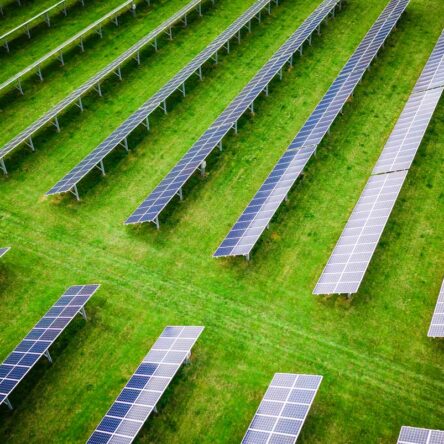
Paper and its benefits as a substitute for other materials
Climate change is the biggest environmental challenge today and social concern about it is growing every year. The Paris Agreement (2015) embodies the highest possible ambition to reduce the risks and impacts of climate change worldwide.
More than 70 countries joined this plan, which aims to limit global warming to well below 2, preferably 1.5 degrees Celsius, compared to pre-industrial levels.
More than 70 countries have joined to pledge to become carbon neutral by 2050.
Decarbonisation, the main task to curb climate change
To achieve this long-term temperature goal, relevant, rapid and sustainable reductions in greenhouse gas emissions are needed to ultimately achieve zero carbon dioxide (CO2) emissions by 2050.
This process of gradually reducing emissions, called decarbonisation, impacts multiple aspects of our way of life.
To achieve decarbonisation, the European Union proposes targets such as producing energy from renewable sources, enhancing natural carbon sinks or electrifying the transport system.
In this regard, each country has set its own decarbonisation targets. One of the main ones has been to curb the consumption of plastics, one of the most polluting materials in the world.
This is because many companies have a policy of planting several trees for every one that is felled. In fact, according to the World Bank, the percentage of forest area in Spain has increased from 31.07% in 2005 to 36.8% in 2015.
Due to environmental concerns about paper, the industry is taking steps to improve. For example, according to ASPAPEL, the wood used in Spain to produce pulp comes from forest crops specifically planted for this purpose.
Recycling, an ally of the paper industry
The popularity of recycled products has increased steadily in recent decades, which is perhaps why the biggest change in the world of paper has been recycling.
More than half of the paper we consume annually is recycled (3.9 million tonnes of paper).
Recycled paper not only saves trees, but also drastically reduces the amount of almost everything else consumed. According to ASPAPEL, for every tonne (907 kg) of paper recycled, 17 lives of trees are saved, as well as 380 gallons (1,727 litres) of oil, three cubic yards (2.29 cubic metres) of landfill space, 4,000 kilowatts of energy and 7,000 gallons (31,822 litres) of water.
Paper, the main substitute for plastic
Unfortunately, plastic is one of the most widely used materials in the world, so finding a substitute is paramount.
Why does plastic contribute to climate change?
According to the UN, around 300 million tonnes of plastic are produced worldwide every year, and 8 million tonnes are dumped into the oceans. But most of it stays on land, and in countries with poorer sanitation and recycling systems, the problem of plastic pollution is particularly acute.
From the moment it is manufactured, plastic creates a large carbon footprint that contributes negatively to global warming.
Although the use of plastics (especially in packaging, bags and bottles) is deeply rooted in today’s society and is part of our daily lives, there is always time to change our habits.
Some countries have decided to take measures to cut plastic consumption. Italy was a pioneer in eliminating non-biodegradable bags in 2011, France banned single-use bags in 2016 and Spain obliged shops to charge a minimum fee for plastic bags in 2018.
Where affordable alternatives are available, single-use plastic items such as cotton buds, cutlery, plates and straws will be banned from the market.
Paper, a sustainable industry
As we turn our backs on single-use plastics, paper is the main alternative to take their place. Made from the cellulose fibres found in wood, paper is a renewable and recyclable natural resource that can be managed sustainably.
In recent years, numerous retailers have announced a switch to paper bags, and products such as ready meal trays or water bottles made from paper or cardboard have also been created.
Today, in the age of computers, smartphones and e-books, one could be forgiven for predicting the demise of this once wonderful material. But, although there has been a small decline in demand for so-called “graphic paper”, such as newspapers and books, the paper industry is booming.
Although we are often told to save paper to save trees, there is enormous variability in the sustainability of the wood supply. In countries where forests are not managed sustainably, important habitats can be destroyed. However, in responsibly managed areas, using more paper can lead to more trees.
Far from disappearing, paper is entering a new golden age as the world looks for alternatives to plastic. And although it still has a long way to go, the manufacturing process, its use and subsequent recycling, is becoming more environmentally friendly by the day. Paper has come a long way since its humble invention.
On the other hand, in recent years eco-design has become the central axis in the substitution of plastic for paper. Many companies have reinvented their packaging in commitment to sustainability and the circular economy.
We can now see the use of recycled paper in many products beyond the traditional use of paper and cardboard as a bag or box. An example of this was at the Tokyo Olympics where the athletes’ beds were made from cardboard and then recycled. We can also see an infinite number of products made from paper and cardboard, from lamps, packaging, bottles and even entire houses.
In the coming years, paper is expected to be a substitute not only for plastic, but also for other less decarbonised materials such as aluminium or cement. And at Alier, this is a development that excites us, in which we are already involved and to which we will continue to pay close attention.






